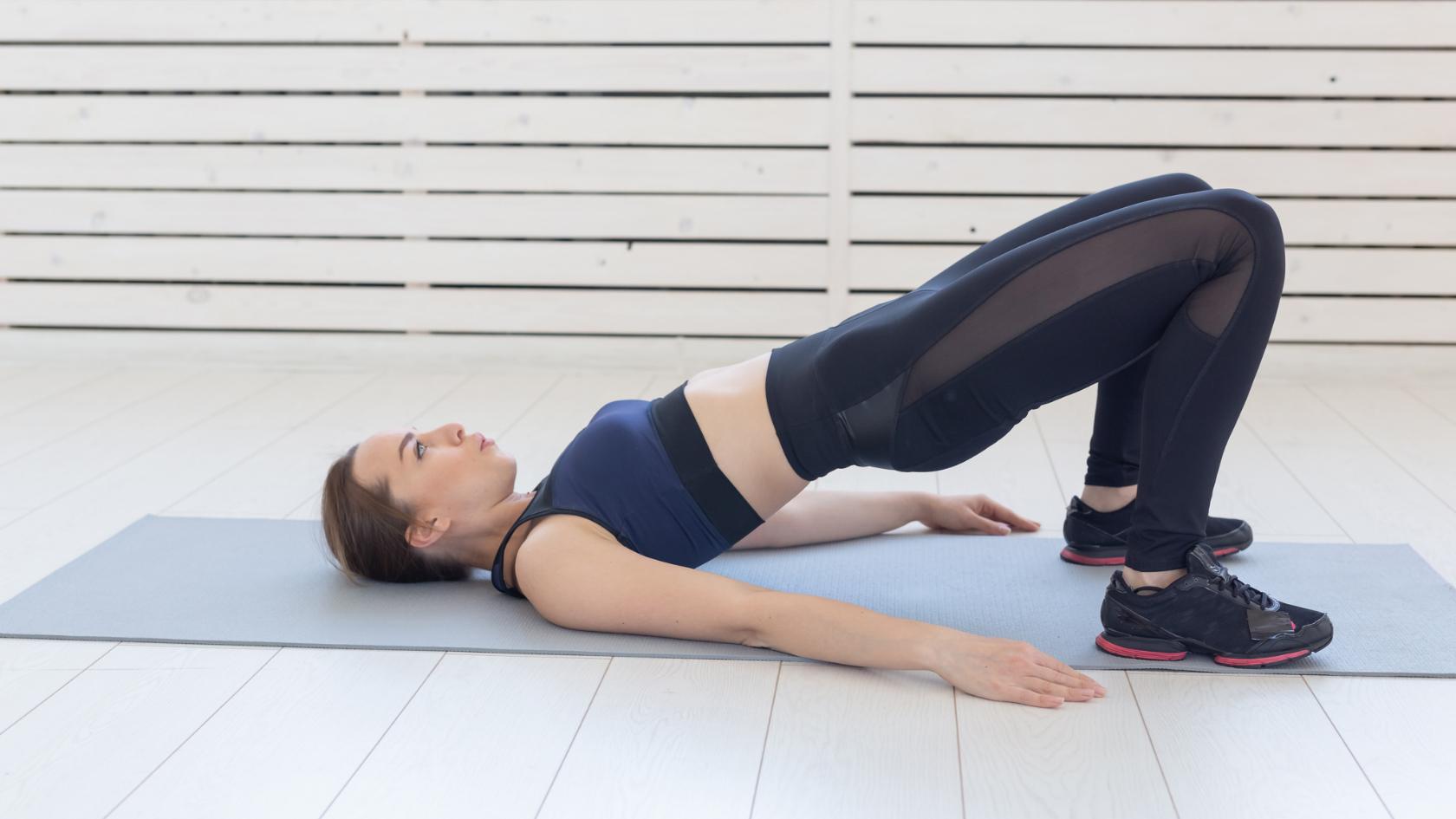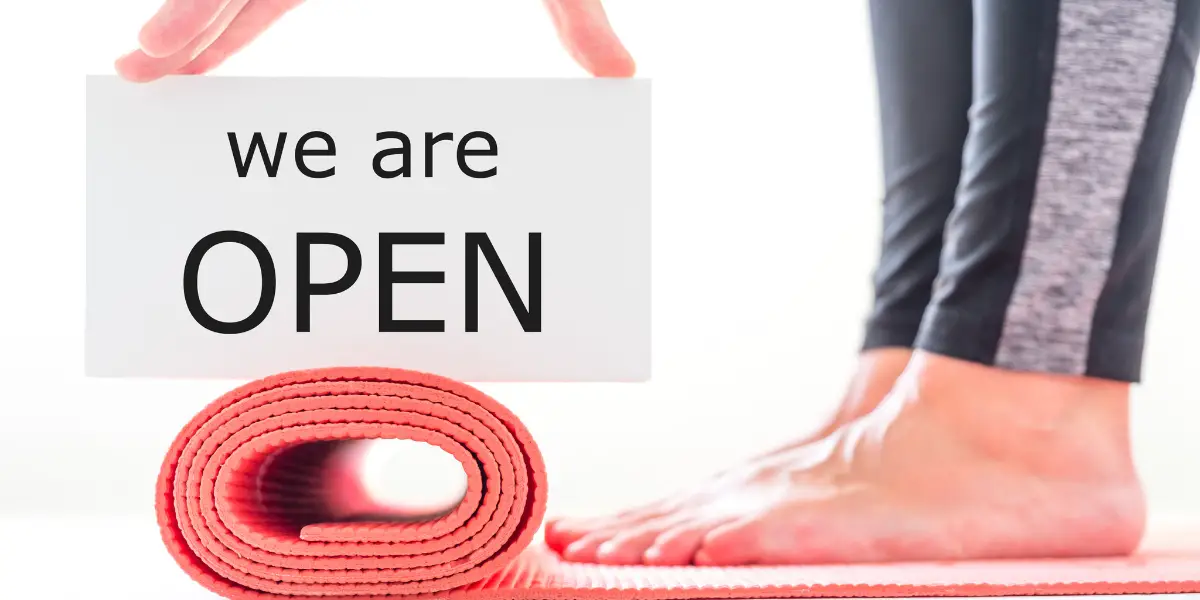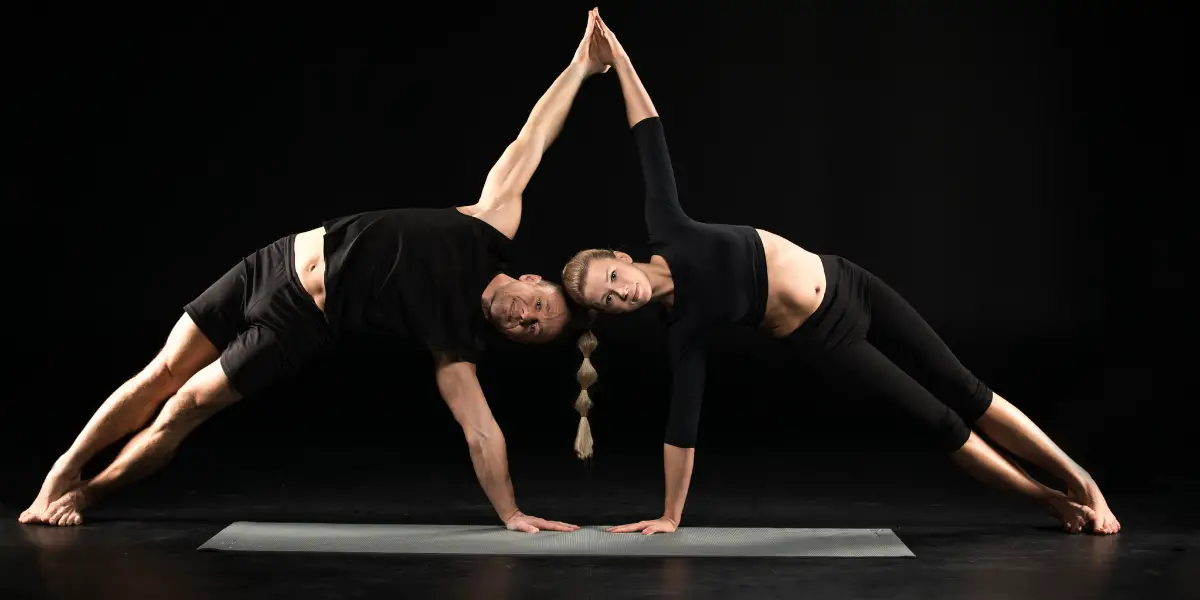As you navigate the waters of flexibility training, the Pilates bridge emerges as a lighthouse, guiding you to greater suppleness and range of motion. You’ll find it’s not just a simple exercise; it’s a cornerstone of flexibility work.
Engaging your core and posterior chain, the bridge helps stretch your hip flexors and strengthens muscles that are often neglected. With consistent practice, you’ll notice an improvement in your overall flexibility, particularly in the lower back and hips.
It’s a subtle yet powerful tool in your fitness arsenal that can be adapted to your body’s needs, ensuring you’re not pushing too hard or too little.
Dive into the Pilates bridge and you might just stretch your expectations of what your body can do.
Understanding the Pilates Bridge
The Pilates bridge is an exercise you’ll perform by lifting your hips off the ground while keeping your feet and shoulders anchored, enhancing your flexibility and core strength. This move targets your posterior chain—an essential group comprising glutes, hamstrings, and spine erectors. By engaging these muscles, the Pilates bridge promotes spine mobility, a crucial factor for fluid movement and reduced injury risk.
As you diligently practice this exercise, you’ll notice improved hip extension and increased hip flexor length, both vital for better posture. This is especially beneficial if you’re frequently desk-bound, countering the adverse effects of prolonged sitting.
Moreover, the Pilates bridge activates local stabilizer muscles, honing body awareness and ensuring your spine’s health and alignment.
Key Benefits for Flexibility
Your body’s flexibility will significantly benefit from the Pilates bridge, as it stretches and strengthens key muscle groups integral to your overall mobility. This precision-focused exercise emphasizes the importance of hip extension and spinal articulation, which are vital to the functional chain of the body.
| Benefit | Description |
|---|---|
| Hip Flexor Length | Increases range, aiding in better hip extension |
| Spine Mobility | Promotes a supple spine, reducing back injury risks |
| Hamstring and Glute Strength | Enhances flexibility in posterior chain |
| Local Stabilizer Muscle Engagement | Boosts body awareness and overall flexibility |
This bridge exercise is a cornerstone in Pilates for developing a strong, flexible foundation. It methodically targets flexibility, ensuring each movement contributes to the body’s harmonious function.
Proper Bridge Execution
Executing a Pilates bridge properly, you’ll maximize its benefits for your flexibility and minimize the risk of injury. Begin by lying on your back with your knees bent and feet flat on the floor, aligned hip-width apart. This precise stance lays the groundwork for a stable bridge position.
As you inhale deeply, prepare your body. With an exhale, engage your core and lift your spine off the floor, peeling it up vertebra by vertebra. Aim to form a diagonal line from your shoulder blades to your knees, ensuring you don’t overextend and press too high onto your neck.
Distribute your weight evenly across both feet. Remember, a methodical rise and fall in the bridge position will lead to the most effective stretch and strength building.
Common Mistakes to Avoid
In mastering the Pilates bridge for enhanced flexibility, you’ll want to steer clear of certain pitfalls that can undermine its effectiveness. Precision in form is key to reaping the benefits while avoiding injury.
Here are some common mistakes to avoid:
- Avoid elevating your hips too high, which may place undue strain on your neck.
- Prevent overarching your lower back by imagining sending your tailbone towards your knees.
- Ensure you place your feet evenly on the ground to avoid imbalances and strain on one side, which can lead to knee pain.
- Keep your legs parallel; don’t let them drop outward, particularly when using props.
Advancing Your Bridge Practice
Once you’ve mastered the basics of the Pilates bridge, you’ll find that advancing your practice can significantly enhance your flexibility and strength. Starting a new exercise variation, like Bridging at the Wall, targets hamstring and gluteal fortitude while meticulously focusing on spinal articulation.
Incorporating blocks into your bridge is one method that allows for a more profound stretch, promoting independent vertebral motion and facilitating tension relief.
When you’re ready to progress, the Reformer offers an adjustable challenge, with spring tension adding resistance that tests your hamstrings. Ensure you’re always beginning in a neutral position to maintain proper alignment.
Similarly, the Spine Corrector offers unique support for your feet, introducing a variation that can reinvigorate your Pilates moves and push the boundaries of your flexibility.




